During the hot season, it is extremely necessary to check your car tires regularly. You should carefully examine the tire wear, deep cuts. Normally, tires need to be replaced after traveling about 40,000 to 50,000 km or after 5 - 6 years of use. However, in extreme weather conditions, you should consider replacing tires earlier than expected.
Also, before every trip, make sure your spare tire is in good condition and properly inflated. Learn how to remove and install a tire properly so you can handle it yourself if you encounter a problem on the road.
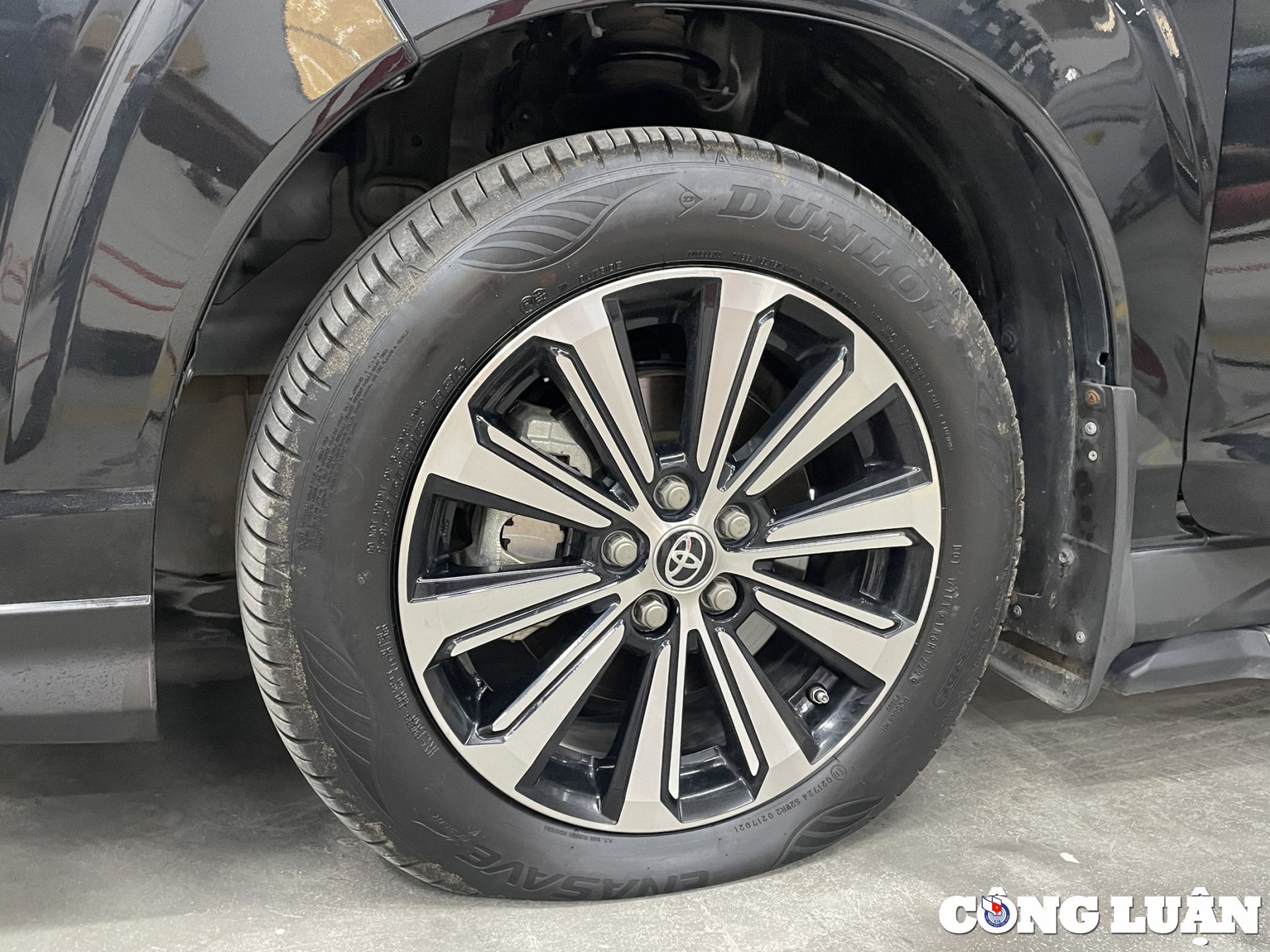
During hot weather, checking your tires more often helps detect tire wear, deep cuts, and unusual cracks.
Overloading will increase the pressure on the tire, which can easily lead to tire explosion in hot weather. Therefore, remove unnecessary items and limit overloading. In addition, you should let the car rest for about 10 - 20 minutes after about 70 - 100 km of travel. Resting is not only good for the driver but also helps the tire and other parts of the car operate more smoothly.
Parking your car in the sun for long periods of time is not only bad for your car’s paint, it can also damage your tires. If you have flammable objects in your car, such as gas cylinders or lighters, the risk of fire or explosion is even higher. Find a shady place to park your car, or use a sunshade if there is no suitable parking space.
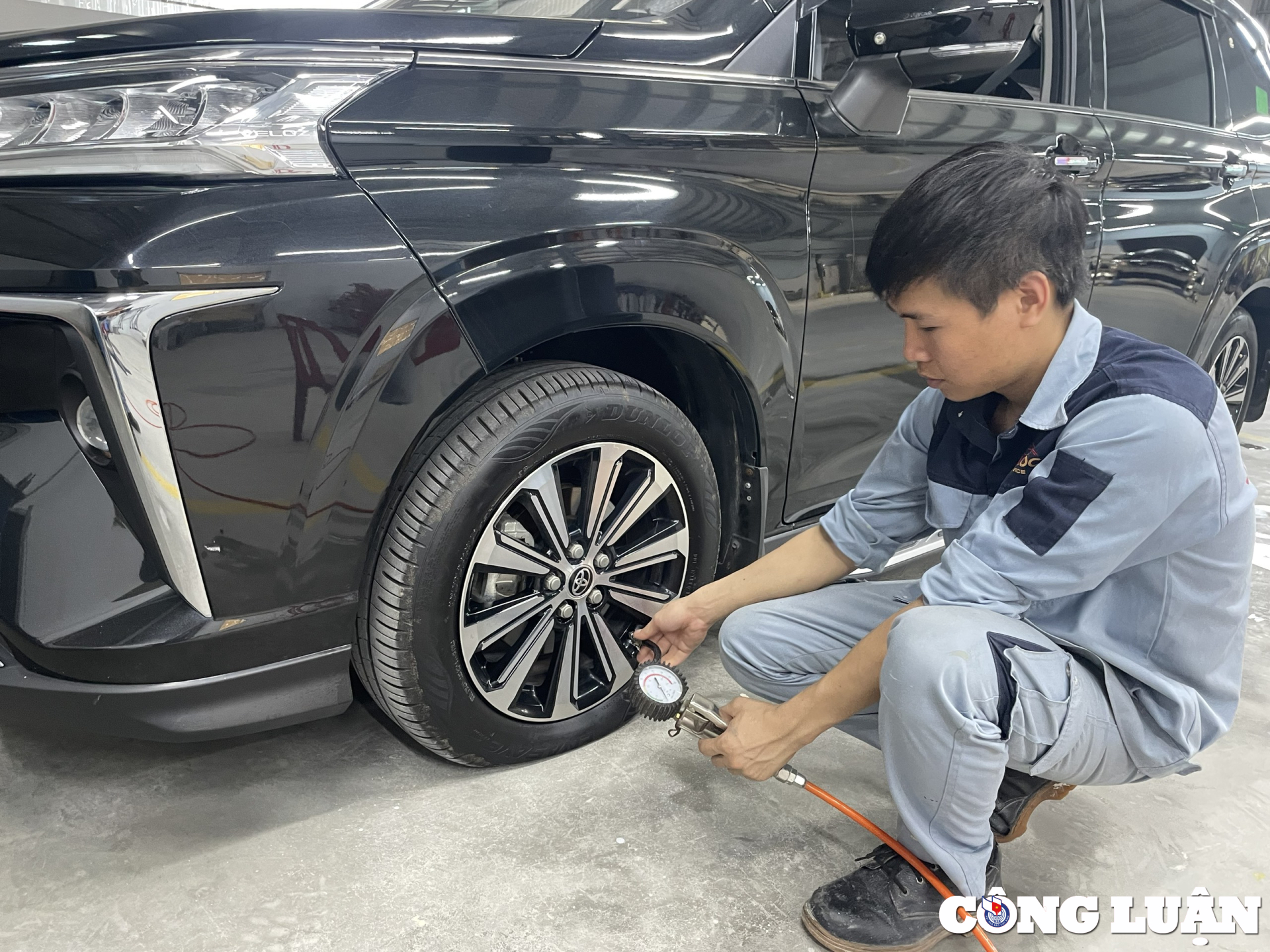
Car owners should pay attention to tire pressure when driving in hot weather to avoid tire failure or tire explosion.
Maintaining proper tire pressure is important. Some newer cars have tire pressure warning systems that make it easy to monitor your tire pressure. If your car doesn’t have one, get a tire pressure gauge and check it regularly. Pressure that is too high or too low can be dangerous, especially when road temperatures are high.
Note that speeding not only increases the risk of tire blowouts, but also makes it more difficult to control the vehicle in the event of an accident. In particular, concrete roads have a higher temperature than asphalt roads, causing tire pressure to increase rapidly. Maintaining a speed within the limit not only helps protect your tires but also ensures the safety of you and those around you.
Source: https://www.congluan.vn/bi-quyet-giup-tranh-no-lop-o-to-khi-di-chuyen-duoi-troi-nang-nong-post297310.html


![[Photo] Feast your eyes on images of parades and marching groups seen from above](https://vphoto.vietnam.vn/thumb/1200x675/vietnam/resource/IMAGE/2025/4/30/3525302266124e69819126aa93c41092)

![[Photo] Fireworks light up the sky of Ho Chi Minh City 50 years after Liberation Day](https://vphoto.vietnam.vn/thumb/1200x675/vietnam/resource/IMAGE/2025/4/30/8efd6e5cb4e147b4897305b65eb00c6f)





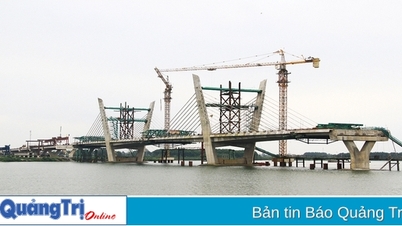
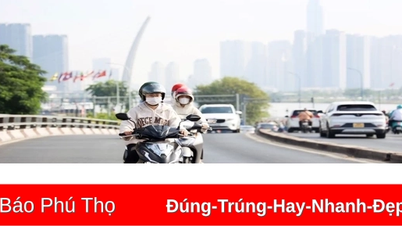




















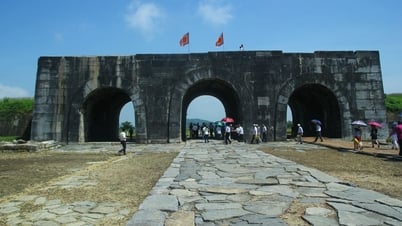






















































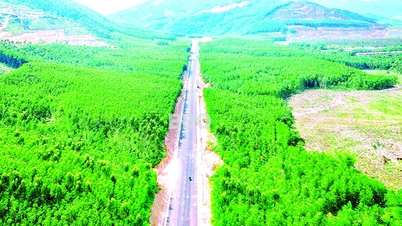











Comment (0)